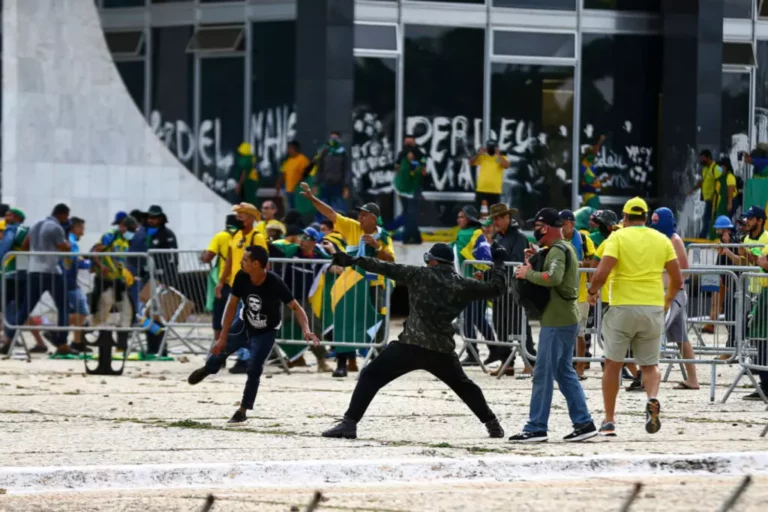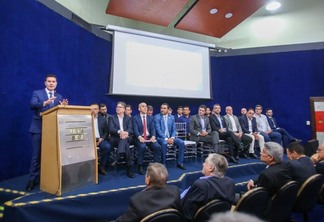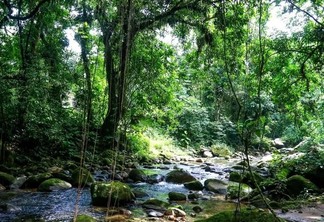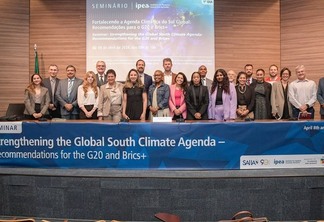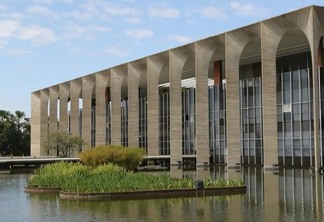On September 25, 2021, Afghanistan's Economy Minister Qari Din Mohammad Hanif stated that his government does not want "help and cooperation from the world like the previous government. The old system was supported by the international community for 20 years, but it still failed." It is fair to say that Hanif has no experience managing a complex economy, having spent most of his career doing political and diplomatic work for the Taliban (both in Afghanistan and Qatar). However, during the first Taliban government (1996-2001), Hanif was Minister of Planning. In that position, he became responsible for economic affairs.
Hanif is right to point out that the governments of Presidents Hamid Karzai (2001-2014) and Ashraf Ghani (2014-2021), despite receiving billions of dollars in economic aid, failed to meet the basic needs of the Afghan population. At the end of his term – and after 20 years of US occupation – one in three people goes hungry, 72% of the population remains below the poverty line and 65% do not have access to electricity. Nothing Western capitals say can hide the evidence that the support of the "international community" did not translate, practically, into any economic and social development for the country.
Poor North
Hanif, the only member of Afghanistan's new cabinet who belongs to the country's Tajik ethnic minority, comes from the northeastern Afghan province of Badakhshan. Afghanistan's northeastern provinces are Tajik-dominated areas, and Badakhshan was the base from which the Northern Alliance quickly moved under U.S. air cover to launch an attack on the Taliban in 2001. In early August 2021, the Taliban razed these districts. "Why would we defend a government in Kabul that did nothing for us?" asks a former Karzai government official who lives in Fayzabad, the capital of Badakhshan.
Between 2009 and 2011, 80% of USAID funds that arrived in Afghanistan went to areas in the south and east, which had been the Taliban's natural base. Even this money, according to a U.S. Senate report, went to "short-term stabilization programs, rather than longer-term development projects." In 2014, Haji Abdul Wadood, then governor of Badakhshan's Argo district, told Reuters: "No one has given money to invest in development projects. We don't have the resources to invest in our district, our province is remote and attracts less attention."
Hanif's home province of Badakhshan and its neighbouring areas suffer from great poverty, with rates above 60 per cent. When he talks about failure, Hanif has his home province in mind.
For thousands of years, Badakhshan Province has been home to mines of precious stones such as lapis lazuli. In 2010, a U.S. military report estimated that there were at least a trillion dollars in precious metals in Afghanistan; that same year, then-Afghan Mines Minister Wahidullah Shahrani told BBC radio that the real figure could be three times higher. The impoverished north might not be so poor after all.
Thieves in the North
With opium production being a sizable portion of Afghanistan's GDP, the economy is often a focus of global media coverage, in part by financing the terrible wars that have ravaged the country in recent years. Badakhshan gemstones, meanwhile, funded Ahmad Shah Massoud's Jamiat-e Islami faction in the 1980s. After 1992, when Massoud became Kabul's defense minister, he made an alliance with a Polish company – Intercommerce – to sell these stones for about $200 million a year. When the Taliban ousted Massoud from power, he returned to the Panjshir Valley and used the stones of Badakhshan, Takhar and Panjshir to finance his anti-Taliban resistance.
When the Northern Alliance – which included Massoud's faction – came to power under U.S. bombing in 2001, these mines became the property of Northern Alliance commanders. Men like Haji Abdul Malek, Zekria Sawda and Zulmai Mujadidi – all members of the Northern Alliance – became the owners of the mines. Mujadidi's brother, Asadullah Mujadidi, was the militia commander of the Mining Protection Force, which protected the mines for these new elites.
In 2012, Afghanistan's then-mining minister, Wahidullah Shahrani, revealed the extent of corruption in the deals, which he had made clear to the US embassy in 2009. However, Shahrani's attempt at transparency was understood inside Afghanistan as a mechanism to delegitimize Afghan interests in mining companies and push for a new law that would allow international mining companies greater freedom of access to the country's resources. Several international entities – including Centar (UK) and Polish billionaire Jan Kulczyk – tried to gain access to the province's gold, copper and gemstone mines. Centar formed an alliance with the Afghanistan Gold and Minerals Company, led by former Urban Development Minister Sadat Naderi. The mining equipment of this consortium was confiscated by the Taliban. Earlier this year, Shahrani was sentenced to 13 months in prison by the Afghan Supreme Court for abuse of authority.
What will the Taliban do?
Hanif has an impossible agenda. The IMF has suspended funding for Afghanistan, and the U.S. government continuestoblock access to the nearly $10 billion of Afghan foreign reserves it holds in the United States. Now some humanitarian aid has entered the country, but it will not be enough. The Taliban's harsh social policy – especially against women – will deter many aid groups from returning to the country.
Officials at Da Afghanistan Bank (DAB), the country's central bank, tell me that the options the government has are minimal. No institutional control over mining wealth has been established. "The agreements that were made benefited a few individuals and not the country as a whole," one official said. One of the main agreements to develop the Mes Aynak copper mine, made with the China Metallurgical Corporation and Jiangxi Copper, has been inactive since 2008.
At the Shanghai Cooperation Organization (SCO) meeting in mid-September, Tajik President Emomali Rahmon spoke of the need to prevent terrorist groups from crossing Afghan borders to disrupt Central Asia and western China. Rahmon positioned himself as an advocate for the Tajik peoples, although the poverty of Tajik communities on both sides of the border should be as much of a focus as defending the rights of Tajiks as a minority in Afghanistan.
The SCO has not publicly indicated that it will prevent not only cross-border terrorism, but also cross-border smuggling. The largest quantities of heroin and opium in northern Afghanistan go to Tajikistan; untold sums of money are obtained from the illegal movement of minerals, precious stones and metals out of Afghanistan. Hanif has not raised this point directly, but DAB officials claim that unless Afghanistan better controls its own resources (something it has not done in the past two decades) the country will not be able to improve the living conditions of its population.
This article was produced for Globetrotter.
Vijay Prashad is an Indian historian, editor and journalist. He is a member of the editorial staff and chief correspondent of Globetrotter. He is editor-in-chief of LeftWord Books and director of the Tricontinental Institute for Social Research. He is also a non-resident senior fellow at the Chongyang Institute of Financial Studies at Renmin University of China. He has written more than 20 books, including The Darker Nations and The Poorer Nations. His latest book is Washington Bullets,with an introduction by Evo Morales Ayma



